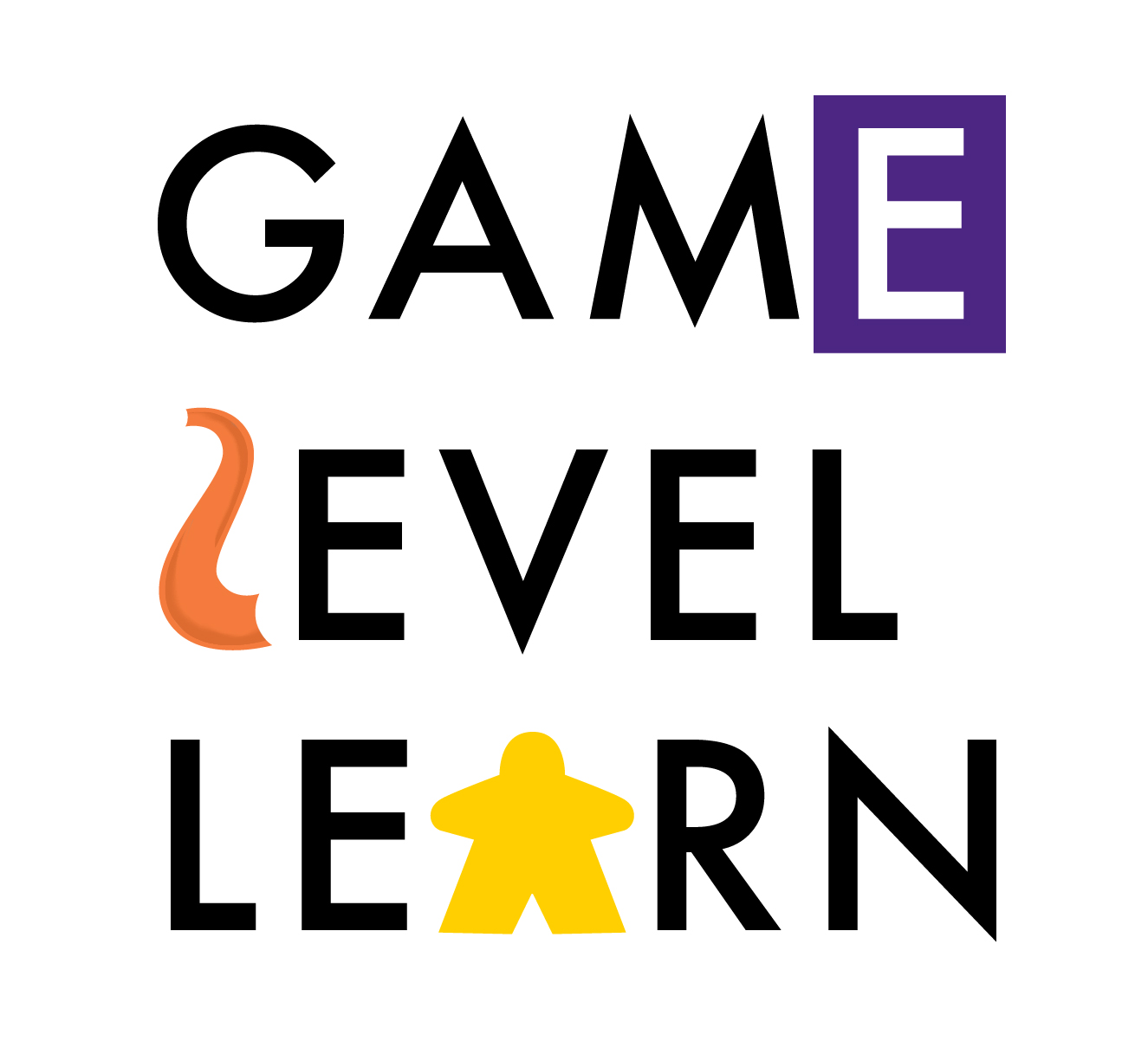51 Mechanics: Tile Placement
/BoardGameGeek (BGG) is a singular repository of gaming information, knowledge and wisdom that has been serving the modern board game hobby since 2000. I consult it regularly and have used its database to manage my own game collection. I also used it when I was writing my 2016 book on gamified instruction, particularly with regard to the game mechanics that BGG identified and organized content into. While there are more than 85,000 games, even now, there are just 51 mechanics. Since every mechanic offers something to the teacher who wants to use games in the classroom, I'm going to use this section of Game Level Learn and my own contributions to it to assess games from each of these 51 mechanics. Next up?
Tile Placement games have been hot ever since Carcassone debuted in 2000 and remain so. In Tile Placement games, the player's turn involves the placement of a tile on some kind of board to accomplish an objective. Inevitably these games are part Tile Placement and part Pattern Recognition, as the best place to put the tile onto the board is going to have something to do with recognizing and maximizing patterns. As a result, these games are great right out of the box for developing abstract thinking, number sense and, yes, pattern recognition. The great thing about these kinds of games as well is that they are generally very easy to learn, so players who are new to more advanced modes of board gaming can easily be introduced to this modality and find it quite accessible. Because they are about the relationships between the patterns as well, they are a great model for gamified learning. Many quite interesting gamified plans could come from each of these games being used as a model.
Azul (BGG Rank: 41)
Published in late 2017, Azul was an instant sensation. In this game, you are creating tile patterns that resemble Portuguese tile work. That may sound a bit dry, but the game play is accessible, strategic for heavy games and fast. One of the best new games of the year, pretty as all get out and a delightful challenge.
Bärenpark (BGG Rank: 362)
Another 2017 offering, in Bärenpark the players are creating zoological parks for, you guessed it, bears! A pretty strategic family game as these things go, Bärenpark features tiles with many different shapes and sizes and asks each player to place these tiles so that they complete four play grids. The way you play your tiles determines the next tiles you'll have available on subsequent turns. Charming and challenging.
Carcassonne (BGG Rank: 140)
Carcassonne is the grand-daddy of this genre, in which players expand the landscape of medieval France, creating little towns, big cities, productive fields and roads and well-supplied cloisters. Game play is easy, but mastery of the scoring mechanics is quite tricky. This game has dozens of expansions, but plays great right out of the box without expansions.
Metro (BGG Rank: 1458)
In Metro, players are trying to make connections between different 19th century Parisian underground railroad stations. Sounds a bit dry, I know, but I assure you, this is a great game. Each turn, you have a tile in front of you that has different patterns of railway on them. You can play your tile anywhere you like (with few restrictions) and once you do, if that completes the circuit, whatever railway stations that now connect are scored. Probably the most challenging of the pattern recognition forms of Tile Placement in this list.
Terraforming Mars (BGG Rank: 5)
Another recent hotness, in Terraforming Mars you take on the role of a corporation or other collective entity driving to create the conditions on Mars such that it can be described as fully terraformed. This involves atmospheric and temperature manipulation as well as transformation of the surface of the planet (the Tile Placement component). This is a great game worthy of the attention it is showered with. It looks way harder than it actually is.


